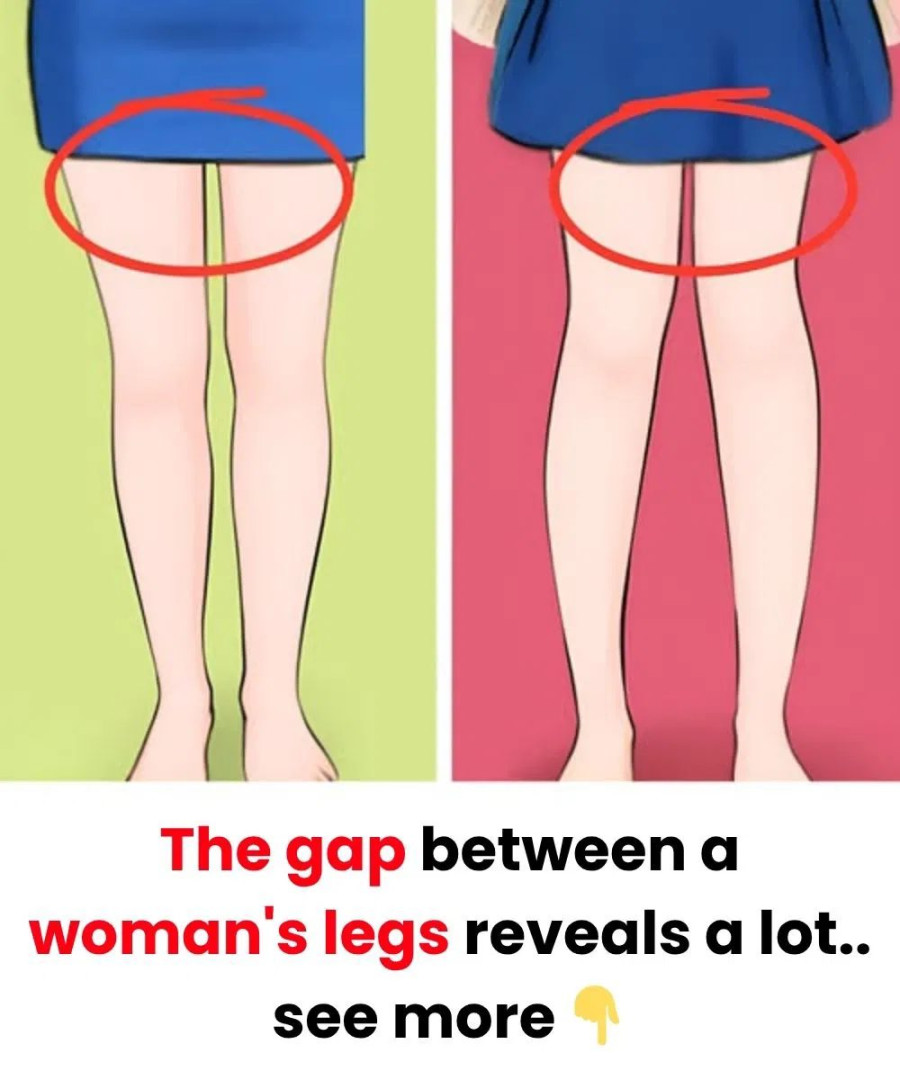ADVERTISEMENT
1. Genetics: The Hidden Factor No Diet Can Change
First and foremost, whether or not you have a thigh gap often comes down to your genetics and bone structure — not your meal plan.
Some people naturally have wider-set hips and longer femurs, which may create space between the thighs regardless of body fat percentage. Others may never have a thigh gap, even at a lower weight, because their hips are narrower or their muscles are naturally fuller in that area.
2. Diet Can Influence Fat Distribution — But Only So Much
That said, diet can influence your overall body composition, including how much body fat you carry. Eating nutrient-dense, whole foods and maintaining a healthy caloric intake can support fat loss — but you can’t choose where fat comes off your body.
While some people lose fat in their thighs quickly, others might lose it in their face, arms, or stomach first. This is called fat distribution, and again, it’s largely genetic.
3. An Unhealthy Obsession: When Diet Becomes Dangerous
If achieving a thigh gap becomes a diet goal, it can lead to unhealthy behaviors such as:
- Extreme calorie restriction
- Skipping meals
- Overexercising
- Disordered eating patterns
Many eating disorders — like anorexia or orthorexia — can stem from (or be worsened by) body image pressures like the thigh gap trend. In these cases, the pursuit of a certain look can damage your physical and mental health far more than any diet could help.
4. A Better Question: What Does Your Diet Say About Your Health?
Rather than chasing a specific aesthetic, it’s better to ask:
Is my diet nourishing my body? Is it supporting my energy, mood, hormones, and overall well-being?
A healthy diet should:
- Provide enough calories to support your daily activities
- Include a balance of protein, healthy fats, complex carbs, and fiber
- Promote stable energy levels and mental clarity
- Help you feel strong, not deprived
Your diet should support your life — not the other way around.
ADVERTISEMENT
